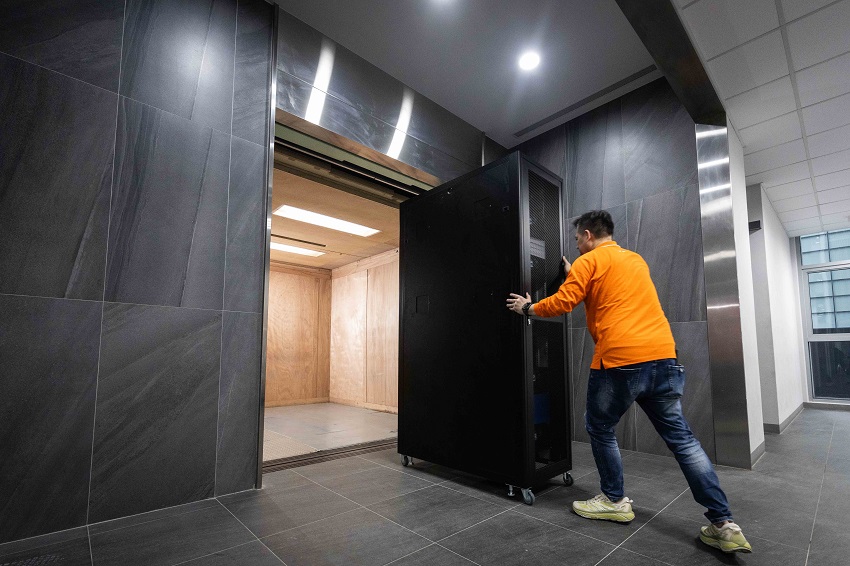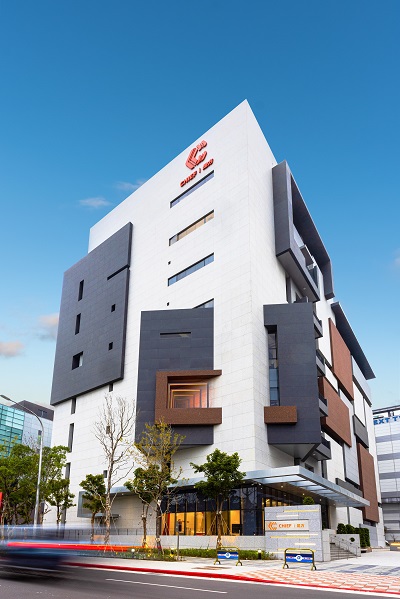Taiwan’s Data Center Upgrade for AI Servers: Chief Telecom’s LY2 as the East Asia Digital Convergence Hub

Taiwan is expanding its role from a semiconductor powerhouse to a crucial hub in the global AI infrastructure. Data is the core for AI, and enterprises’ training data constitutes their most valuable asset and secret. Due to concerns regarding data sovereignty, regulatory compliance, and cybersecurity, no enterprise will readily place its core data assets entirely on the public cloud. The industry consensus, and the most secure approach, is to retain sensitive data in the controllable, on-premises data centers for model training.
The rise in demand for self-built AI data centers signals that enterprise AI development has entered a critical, advanced phase. High-end GPU servers have dramatically increased power and cooling requirements, which traditional data centers can no longer adequately meet. A robust enterprise IT infrastructure and its corresponding security framework are essential for sustained innovation and uninterrupted operations.
This issue will provide an in-depth look at Chief Telecom (East Asian Digital Convergence and AI Cloud Business Application Center). We will examine how Chief Telecom sets the benchmark in hardware infrastructure and provides robust support in software and cybersecurity, thereby establishing a solid foundation for enterprise digital resilience.

First, traditional data centers struggle to handle the influx of high-end AI servers like the NVIDIA GB200, which cost over NT$100 million each and have massive power consumption.
Chief Telecom’s LY2 AI Data Center is a “super data center” purpose-built for the AI era, constructed with an investment of NT$3.5 billion. This facility not only features Level 7 seismic isolation—using the advanced design of “isolation” rather than just “mitigation”—but also ensures continuous AI operations through a power system equipped with a 20MW dual-loop utility power supply and 12 generators capable of supporting operations for two days, protecting against natural disasters or power instability.
Also noteworthy is the military-grade security design: from military-grade anti-ram bollards at the underground parking entrance to elevators with an ultra-high carrying capacity of 3,500 kg to handle the weight of fully-racked AI servers. The internal design utilizes an advanced “power-above, water-below” liquid cooling system with dual-redundant water circuits, providing a stable environment for high-heat, high-power AI computing. LY2 is more than a data center; it is global infrastructure for the AI era.

However, hardware protection is only the first step. Enterprises must contend with rapidly evolving cyber-attacks while balancing operational efficiency and cost control, making the upgrade and flexibility of cybersecurity defenses critical and urgent. The main challenge for CIOs and IT teams is how to build a robust competitive advantage by meeting the dual demands of enhanced security and greater cloud cost-efficiency. A renowned Taiwanese digital service giant addressed this by deploying Chief Telecom’s Cloud WAF solution, establishing a solid defense for its highly demanding government-sector clients.
Chief Telecom’s Cloud WAF stands out due to its core, international-grade F5 security technology, which provides “precise protection” without complex changes to existing environments, and ensures high-efficiency defense against external threats via “Always On” permanent protection. Crucially, Chief Telecom’s professional and highly collaborative technical support—assisting throughout the planning and testing phases—significantly enhances management convenience and customer satisfaction, providing comprehensive technical support to the end-client.
What will be the key differentiator in future data center competition: “security,” “performance,” or “international connectivity”?
Chief Telecom’s LY2 AI Data Center excels in connectivity: it uses fiber-optic cables to directly connect to Taiwan’s largest Internet Exchange Center (TPIX) and Chief Cloud Exchange Center (CCX). It offers direct access to various international submarine cable resources and provides high-speed domestic fiber circuits to customer sites. This ensures enterprises can connect instantly and rapidly to the globe, accelerating their transition into the AI era.
Chief Telecom provides more than just space and power; it is an infrastructure partner for enterprise AI strategy. It offers a “home” that meets the high-spec requirements of AI servers and integrates Chief’s core network services to build a secure, high-speed “bridge” connecting public clouds, enterprise on-premises systems, and data centers. This makes Chief Telecom a critical hub supporting the entire Hybrid Cloud AI strategy.
In summary, Chief Telecom has built a comprehensive digital infrastructure and defense system for enterprises, ranging from physical elements (such as anti-seismic data centers and power backup) to virtual elements (such as cybersecurity protection). This is not merely a prerequisite for the AI era; it is the key to maintaining digital resilience and stable operations for enterprises in global competition.



